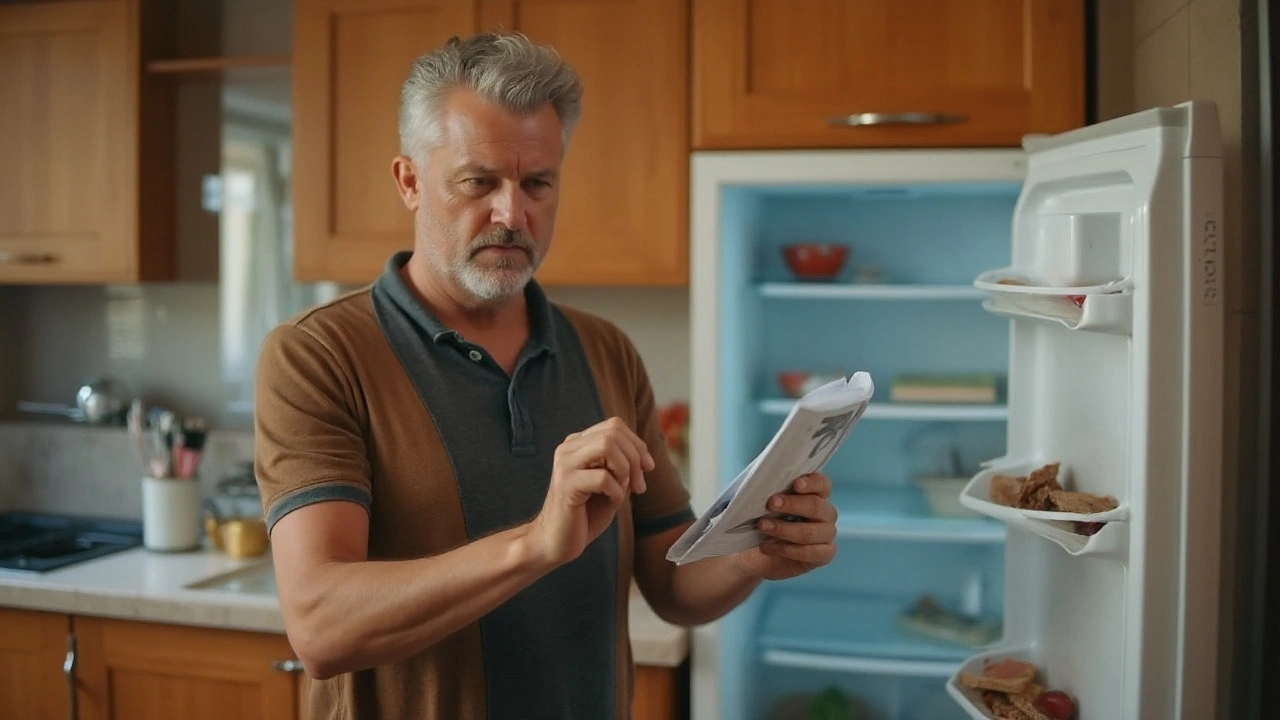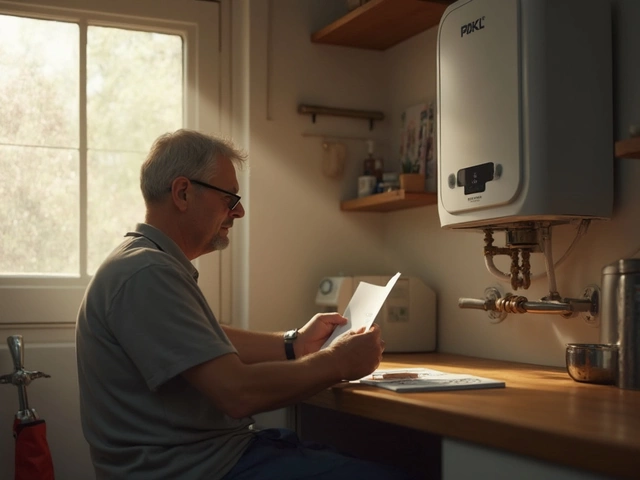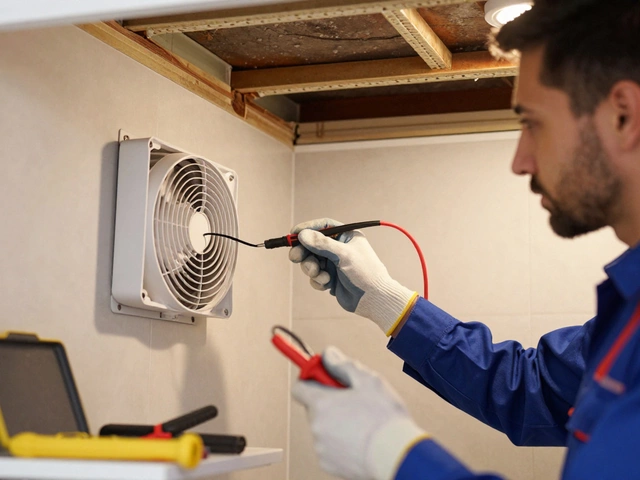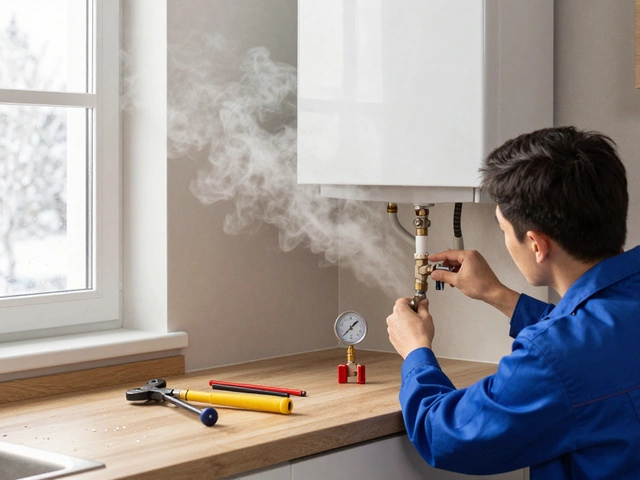A freezer not cooling can quickly turn from a minor inconvenience into a major problem, especially if you're concerned about food safety. Before you panic, it's important to remember that many freezer issues can be resolved with basic troubleshooting. There's no need to run to the store just yet or call in a costly repair service.
This article will walk you through common causes and simple fixes for a freezer that's not keeping things cold. From checking the thermostat settings to conducting a quick inspection of the compressor, you'll learn how to identify and solve the problem with ease. Let's embark on this journey to a cooler future!
- Understanding Cooling Problems
- Checking Thermostat and Controls
- Examining the Seals and Coils
- When to Call a Professional
Understanding Cooling Problems
When your freezer starts warming up instead of keeping your food icy cold, it sparks concern. It's more than just an appliance acting up—it’s about preserving your groceries, and by extension, your peace of mind. The heart of the problem often lies in the fundamental mechanics of how cooling systems work. Your freezer relies on a complex interplay of parts—the compressor, evaporator coils, and thermostats—each playing a role in maintaining the cold environment. Essentially, the compressor circulates refrigerant vapor under pressure. Understanding this cycle is vital to grasp why things might go awry. If any of these components fail or malfunction, your freezer’s ability to cool is compromised.
One of the most common culprits of cooling issues is the thermostat. This small but essential part regulates the internal temperature. If it's set incorrectly or becomes defective, it can lead to inadequate cooling or even prevent the compressor from running at all. Moreover, poor seals around the freezer door can cause cold air to escape, forcing the appliance to work harder than necessary. As you examine these aspects, it's crucial to know that some minor fixes, like resetting or testing the thermostat, might just do the trick and save you from further inconvenience.
An often overlooked but significant factor contributing to cooling problems is dirty or blocked condenser coils. These coils help dissipate heat from the compressor, and if they’re covered in dust or blocked by items behind the fridge, it can't release heat efficiently. This could lead to increased energy consumption and reduced cooling efficiency. Regular cleaning of these coils can prevent such issues from cropping up in the first place. Furthermore, listening closely to your freezer could also offer insights. Unusual noises can indicate mechanical failure or struggling parts that need attention.
"Maintaining your freezer's components clean and in proper working order not only extends the life of the appliance but can also promote energy efficiency," says Kendra Stone, an appliance expert from Energywise New Zealand.
Apart from mechanical failures, external factors add another layer of complexity to cooling problems. Location plays a more significant role than many realize. For instance, placing a freezer in a hot or poorly ventilated area can overload it, pushing the machine beyond its capacity. Knowing what environment works best for your appliance can save you both trouble and money. Lastly, if you have a freezer that's older, its coolant levels might be low. With time, small leaks can develop, causing a loss of refrigerant. This scenario is tricky because recharging a freezer isn't a DIY job—it’s a task meant for professionals.
The journey to understanding cooling problems involves a mix of observation, patience, and some basic know-how. While some issues like a thermostat setting are straightforward to resolve, others may require you to consult with a repair expert. Recognizing the signs early allows you to tackle a problem before it escalates, preserving not just your food but also prolonging the lifespan of your appliance. Consider each malfunctioning sign as a clue—a step toward getting your freezer back to its optimal performance.
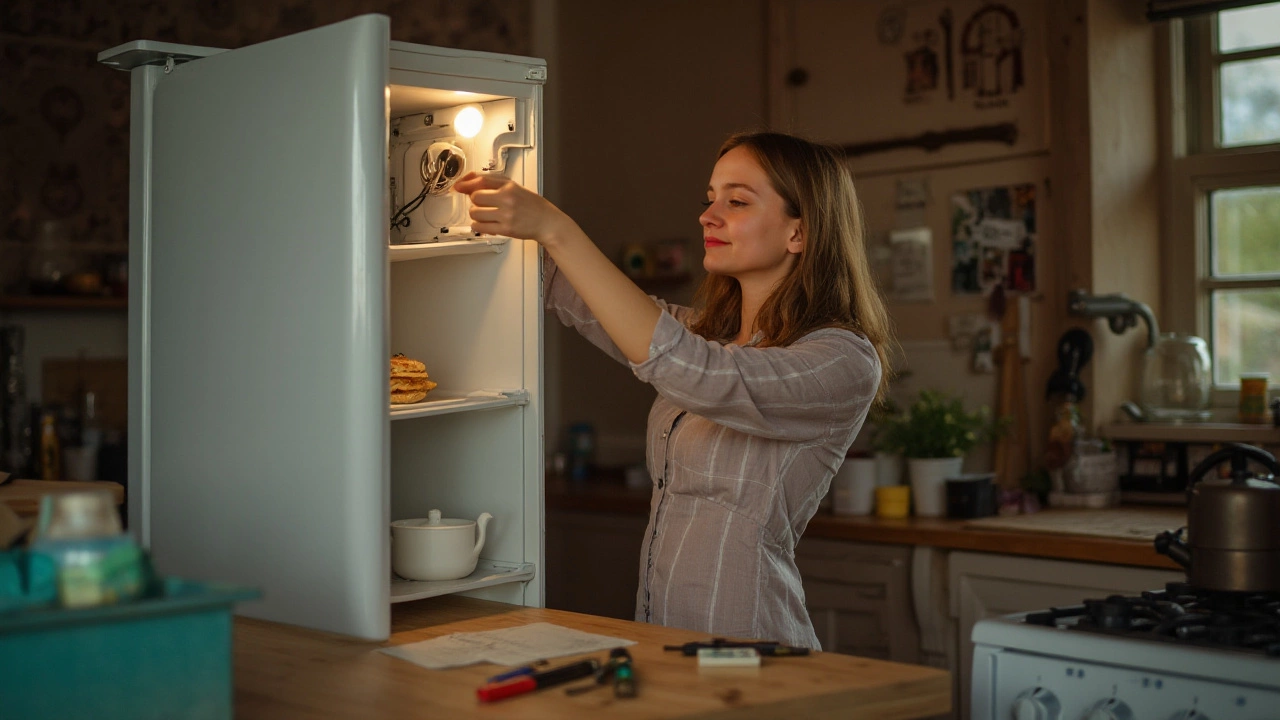
Checking Thermostat and Controls
When your freezer isn’t cooling, one of the first suspects often lies in the thermostat and controls. These small components play a massive role in maintaining the right temperatures. Sometimes, something as simple as an incorrect setting or a faulty thermostat can cause your freezer repair problem. Begin by verifying that your thermostat is set to the recommended setting, typically around -18°C for freezers. This might sound too easy, but you'd be amazed at how often controls get knocked out of place during everyday use, especially if you store many items around the dial.
Next, take the time to gently turn the dial and listen for a clicking sound. This click is the signal that the thermostat is trying to kick on and start the cooling process. If there's no sound, it might suggest the thermostat has burned out and needs replacing. Replacing a thermostat isn’t a job reserved for a technician alone. With some patience and the right tools, anyone can do it. Just unplug the freezer before attempting any fix to ensure your safety is prioritized.
"Remember, simple issues often have simple solutions," notes the Culinary Institute of America. "Before considering extensive repairs, always check the basics first."Sometimes the issue could be a cleanliness factor. Dust and debris can settle around knobs and dials, potentially interfering with their operation. Grab a soft cloth and give the area a good cleaning. Carefully clean around the thermostat to ensure that dirt hasn't formed an insulating layer on the components. Once cleaned, give the dial another twist to make sure it's responsive.
So, if the thermostat looks good but problems persist, consider the controls. Freezers often have control boards that manage their operations. A faulty board can lead to cooling issues, but replacing it can be more involved, which usually requires professional help. If you notice erratic behavior, such as the freezer turning on and off frequently, or not staying on long enough to maintain cool, it could be a sign that the board needs replacing.
| Check List | Description |
|---|---|
| Thermostat Setting | Ensure set around -18°C. |
| Hear the Click | Listen for a clicking when adjusting dial. |
| Cleaning | Remove dust and debris around the controls. |
This is when a good pair of eyes can spot visible damage or charred areas. If the thermostat and settings are all checked out but your freezer is still not cooling, it’s time to consider the other sections for potential fixes.

Examining the Seals and Coils
When dealing with a freezer repair related to cooling issues, it's crucial to turn an eye towards the gaskets, also known as seals, and the evaporator coils. These two components, though often overlooked, play a pivotal role in ensuring your freezer maintains a consistent chill. The seals are the rubber linings that border the freezer door, and when they’re faulty, the freezer can leak cold air, causing cooling inefficiencies. To test a seal's effectiveness, try the ‘dollar bill test.’ Close the door on a dollar bill and see if you can pull it out easily. If it slips out without resistance, the seal might be worn out. It could just need a thorough clean or, in some cases, complete replacement. Keeping seals free from dirt and food residues extends their life and helps maintain a strong bond.
After you've checked the seals, the next stop is the coils, often found hidden at the back or the bottom of your freezer. Over time, these coils, essential for cooling, become clogged with dust and debris, which can severely hamper their efficiency. Regular cleaning of the coils can prevent this buildup and ensure that your freezer keeps running smoothly. Here's a basic step-by-step guide: First, unplug the freezer and locate the coils. Then, using a vacuum with a brush attachment, gently clean the coils. Be cautious not to use sharp objects, as they can damage the coils. Routine maintenance involves doing this at least twice a year, although more frequent cleaning may be required in dustier environments.
Interestingly, according to the USDA, keeping your freezer’s condenser coils clean can improve efficiency by as much as 30%. Additionally, remember that modern freezers may have electronic controls often affected by air leaks. Seals must be in prime condition to support these systems to function effectively. If these steps seem daunting, consider Anthony Joseph’s advice from “Home Appliance Handbook”:
"Routine checks of your freezer's critical components can save you hundreds of dollars in repairs and energy bills annually. The small time investment in maintenance greatly outweighs everyday inconvenience and cost."Johannes, who runs a family-owned appliance repair shop in central Wellington, recounts that many of his clients often overlook the coils and seals during their periodic maintenance. He notes that simply educating them on these components' importance has resulted in fewer recurring cooling issues.
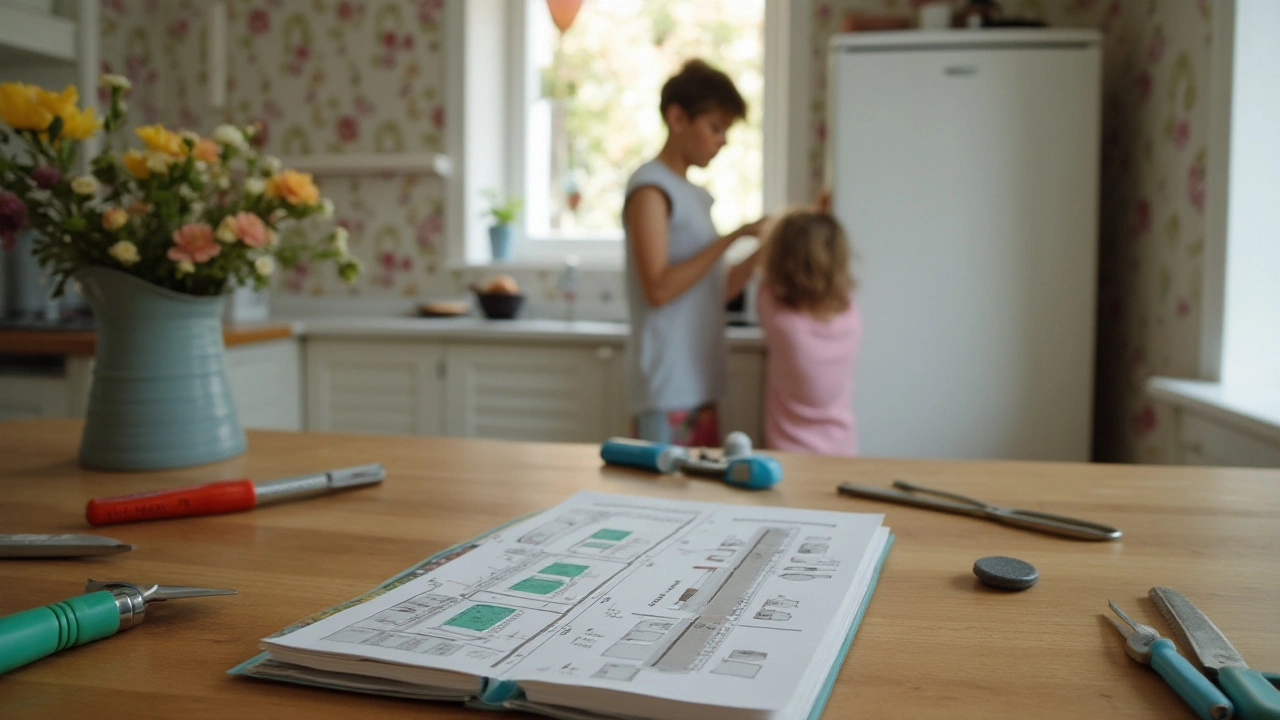
When to Call a Professional
Even the most seasoned DIY enthusiast may reach a point where tackling freezer repair becomes too daunting. While many issues can be fixed at home, certain problems require the dedication, skill, and experience of a professional technician. Understanding when to call in the cavalry can save time, protect your investment, and ensure the appliance operates efficiently for years to come.
One of the most common signs that you need professional help is if you’ve performed every standard troubleshooting step, including adjusting the thermostat, cleaning the coils, or ensuring door seals are tight, and yet your freezer still won’t cool. Often, such persistent issues stem from internal components like the compressor or evaporator fan, which are difficult to assess without the right tools. A faulty compressor, for instance, can render your freezer useless but diagnosing this requires understanding the intricate cooling cycle.
"Attempting to repair a malfunctioning compressor on your own can often lead to more damage, turning a small problem into a costly disaster," says repair expert John Harvey of Appliance Repair Pros.
Another potential culprit for non-cooling is a refrigerant leak, often challenging to detect without specialized equipment. Refrigerants must be handled very carefully due to environmental regulations and potential health risks, meaning only certified professionals should manage these substances. A professional technician not only has the expertise to find and fix leaks but also can test the system for pressure changes, ensuring it functions properly post-repair.
Electrical faults are yet another reason to dial up a technician. If your freezer experiences power issues, such as frequently tripping the circuit breaker or displaying unusual noises, it might be due to wiring problems. Such concerns extend beyond simple appliance repair and can pose fire risks or electrical hazards. Professionals can safely navigate these complex systems, providing peace of mind and restoring functionality without endangering your household.
| Problem | Professional Needed? |
|---|---|
| Thermostat Issues | No |
| Seal Problems | No |
| Refrigerant Leak | Yes |
| Electrical Faults | Yes |
Lastly, consider cost-effectiveness. Continually patching up an old or heavily damaged freezer might end with an endless cycle of small repairs, accruing high costs and constant hassle. A professional can provide guidance on whether fixing or replacing the unit is a better investment, factoring in energy efficiency and lifespan. Knowing when to step aside and call someone with expertise saves not only your sanity but often ends up being the more economical choice.

